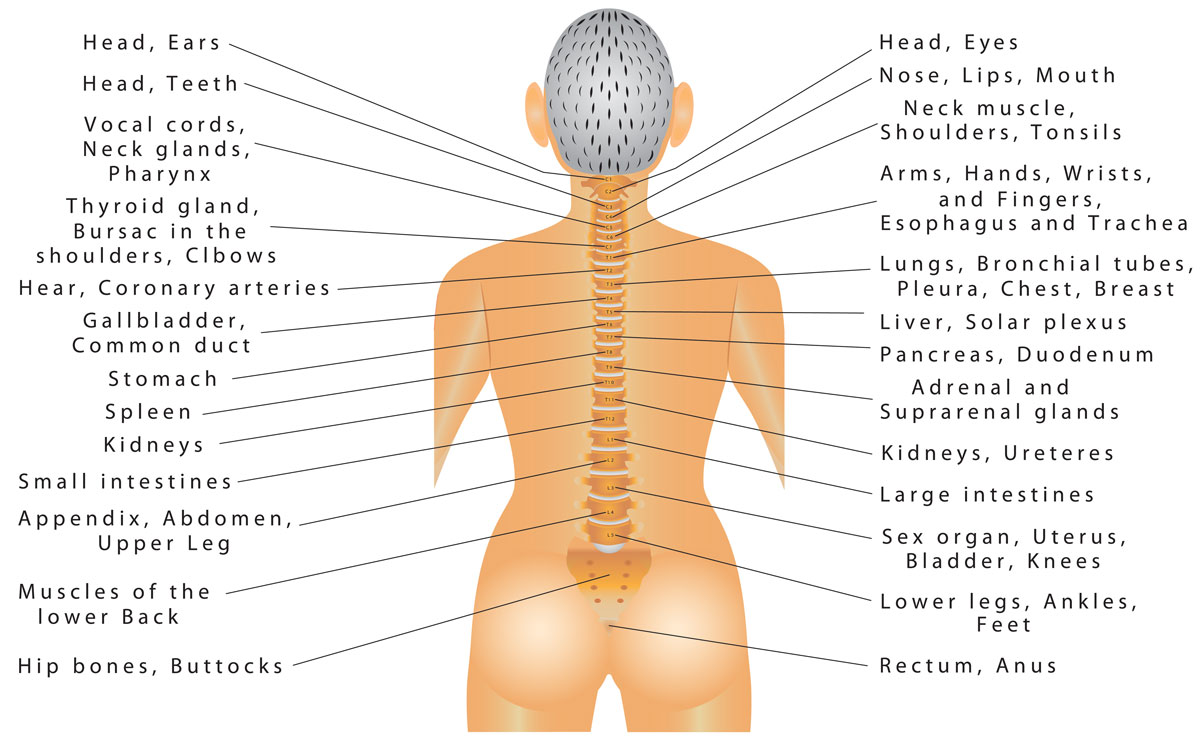The Great Communicator – The Human Spine
The spine is a complex structure that is responsible for several functions, including providing support to the body, protecting the spinal cord, and facilitating movement.
The spine communicates with the body in several ways, including:
- Nerves: The spine contains nerves that run along its length and branch out to various parts of the body. These nerves are responsible for sending and receiving signals between the brain and the body, allowing for movement, sensation, and other bodily functions.
- Blood vessels: The spine is also connected to a network of blood vessels that supply oxygen and nutrients to the spinal cord and surrounding tissues.
- Muscles: The muscles that attach to the spine also play a role in communication with the body. These muscles help to support the spine and facilitate movement, and they also provide feedback to the brain about the position and movement of the body.
Overall, the spine is an integral part of the body’s nervous, vascular, and musculoskeletal systems, and it communicates with the body in various ways to ensure proper function and movement.


